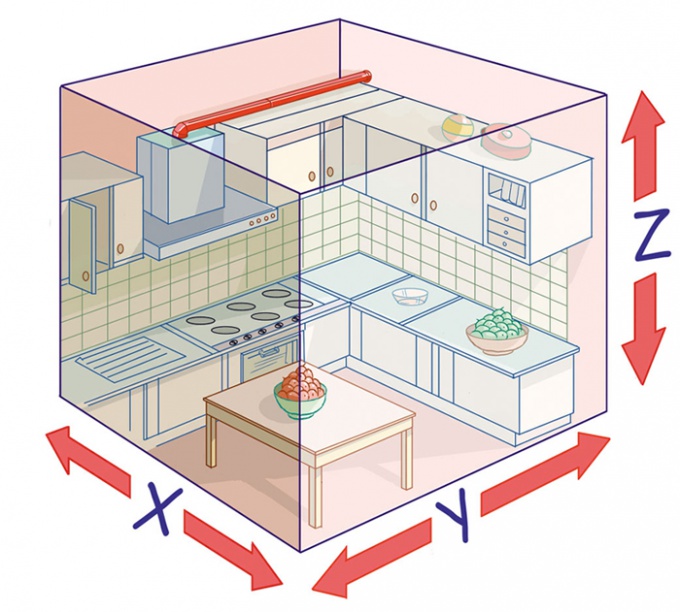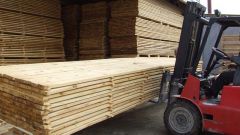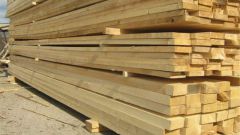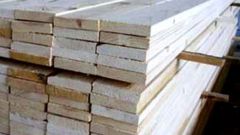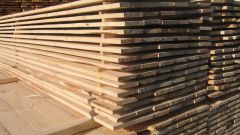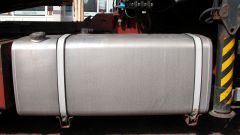You will need
- calculator
Instruction
1
To calculate the cubic capacity of the room, multiply its length, width and height. That is, use the formula:
K = l x W x h, where:
To the cubic capacity of the room (volume, expressed in cubic meters),
D, W and length, width and height, expressed in meters, respectively.
For example, if the length of the room is 11 meters width – 5 meters height – 2 meters, its volume will be 11 x 5 x 2 = 110 cubic meters.
K = l x W x h, where:
To the cubic capacity of the room (volume, expressed in cubic meters),
D, W and length, width and height, expressed in meters, respectively.
For example, if the length of the room is 11 meters width – 5 meters height – 2 meters, its volume will be 11 x 5 x 2 = 110 cubic meters.
2
If one or more characteristics of the room are unknown, measure them, using a construction tape measure or electronic distance meter. When using the electronic rangefinder sure that it was directed strictly perpendicular to the wall, the distance to which is measured. To improve the accuracy of calculations, the height and width measure twice, on opposite walls, and then find the arithmetic average (add and divide by 2).
3
Suppose, for example, measuring the length of the room showed 10,01 10,03 m and m, measure the width of 5.25 m and of 5.26 m and the measurement height is 2.50 m. In this case, the cubic capacity of premises will be equal to:
(Of 10.01+10,03)/2 x (5,25+5,26)/2 x 2.5 = 131,638
(in most cases, three decimal places is enough).
(Of 10.01+10,03)/2 x (5,25+5,26)/2 x 2.5 = 131,638
(in most cases, three decimal places is enough).
4
If lime area of the premises, the aggregate cubic content just multiply this area by height. Ie, use the formula:
K = P x, where
P – the area of the premises specified in square meters (m2).
For example, if the floor area is 100 square meters, and its height is 3 meters, then its volume will be:
100х3=300 (cubic meters).
K = P x, where
P – the area of the premises specified in square meters (m2).
For example, if the floor area is 100 square meters, and its height is 3 meters, then its volume will be:
100х3=300 (cubic meters).
5
If the room has a complex shape, in order to determine its area using the appropriate geometric formulas or divide the room into smaller areas.
For example, the arena of the circus always has a shape of a circle with radius 13 meters. Therefore, its area is equal to πR2=3,14 x 169 = 531 (square meter).
If, for example, a room consists of three rooms with an area of 30, 20 and 50 m2, then the total area will be 100 m2.
For example, the arena of the circus always has a shape of a circle with radius 13 meters. Therefore, its area is equal to πR2=3,14 x 169 = 531 (square meter).
If, for example, a room consists of three rooms with an area of 30, 20 and 50 m2, then the total area will be 100 m2.
